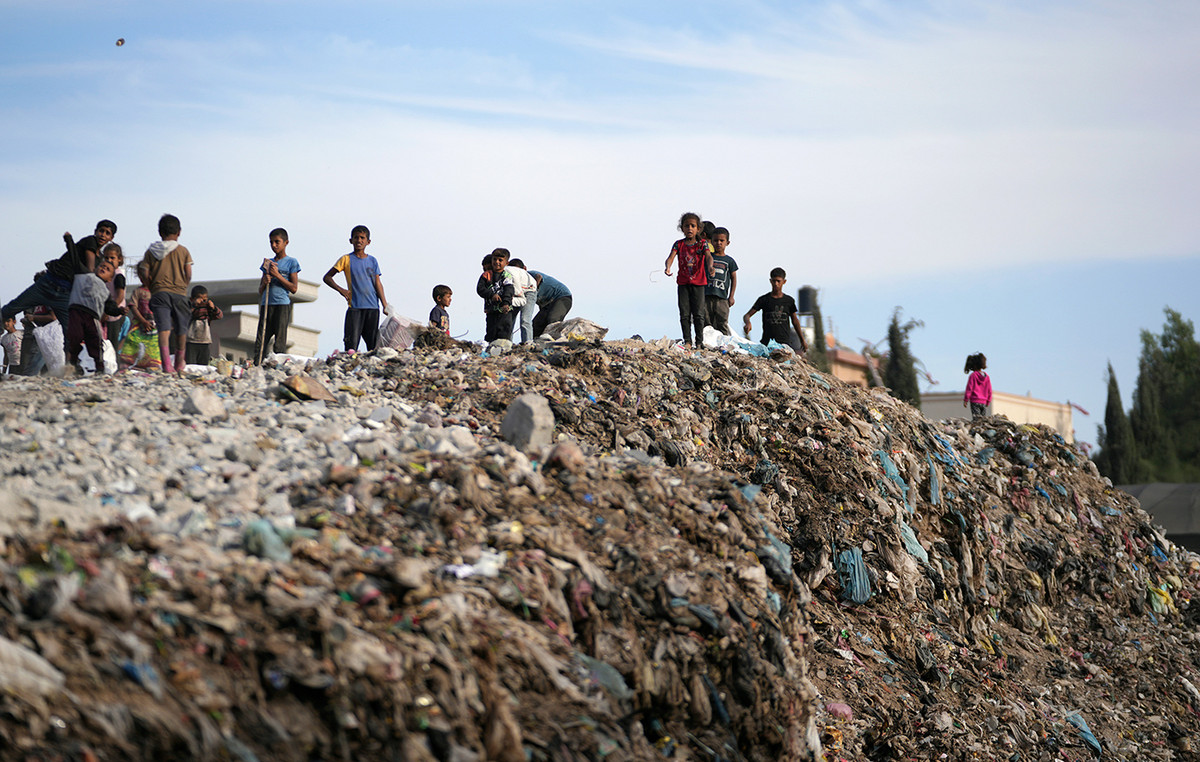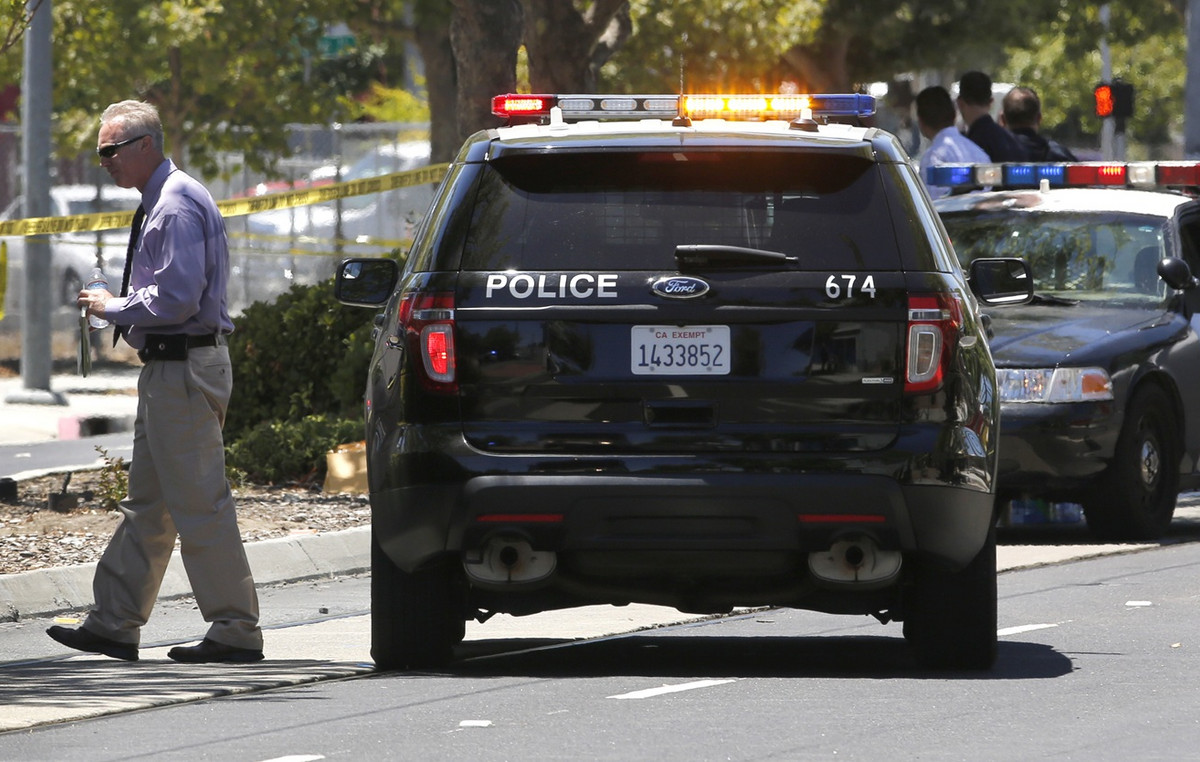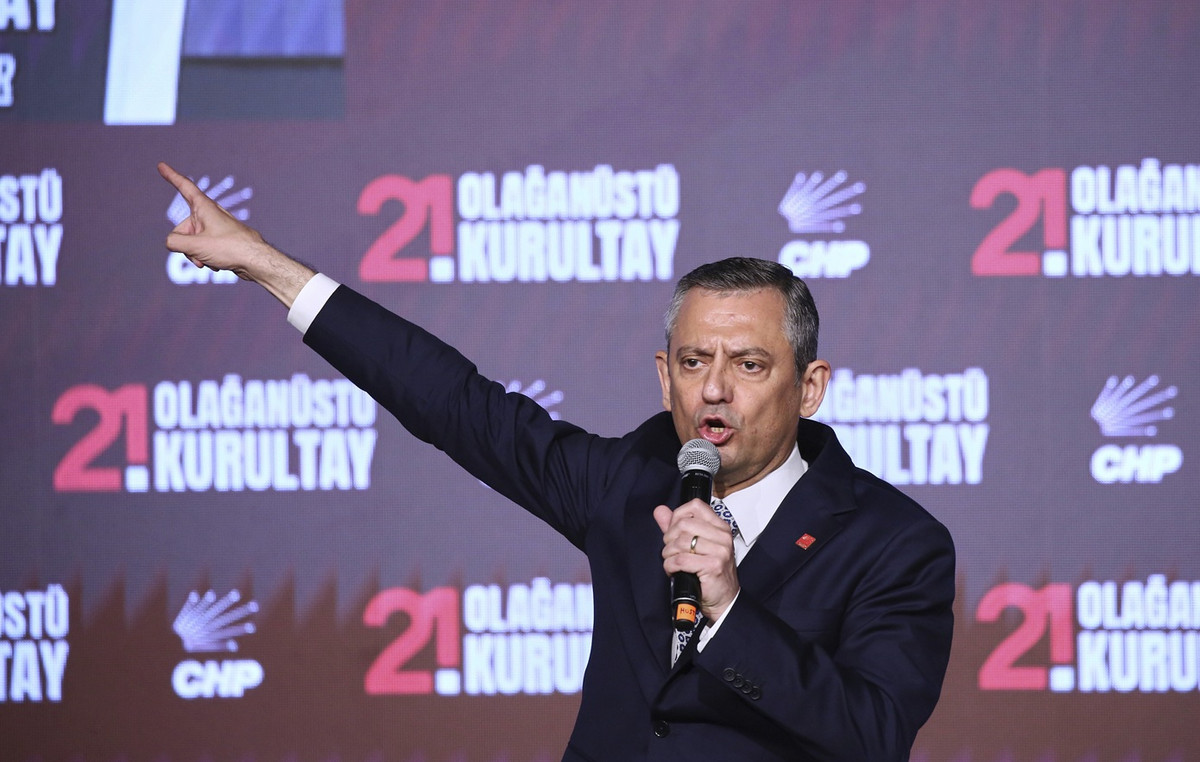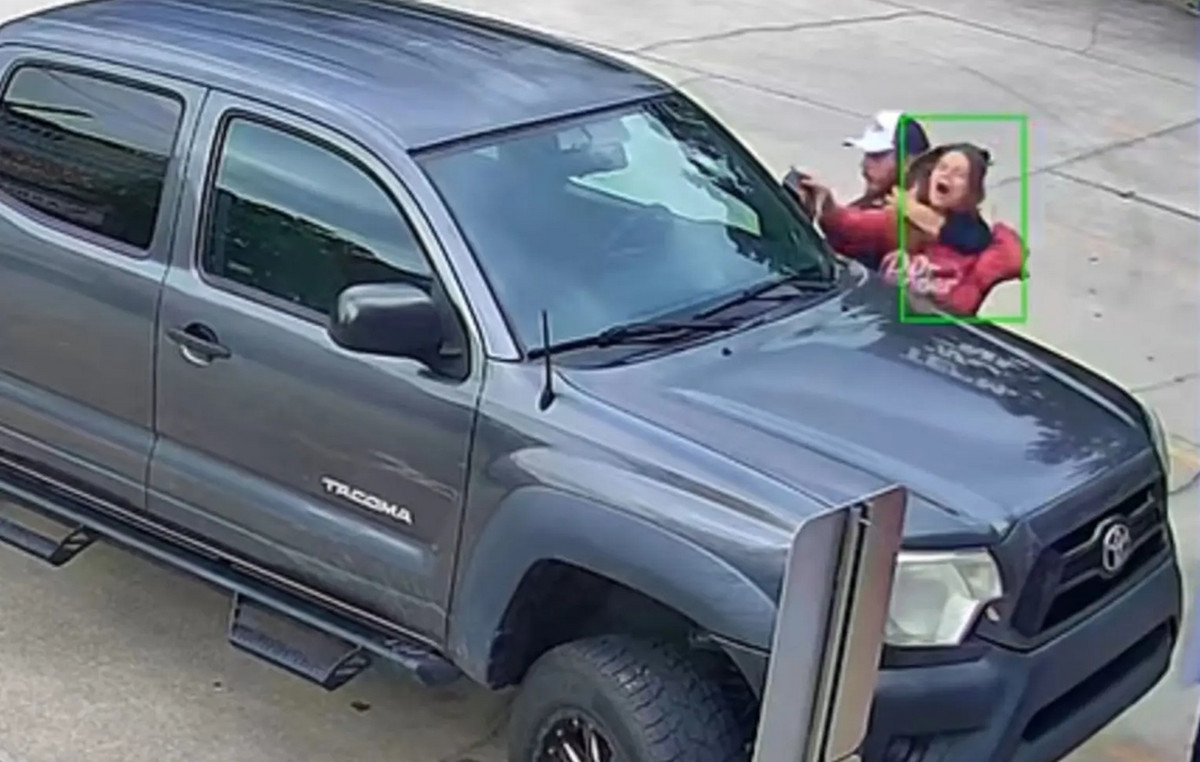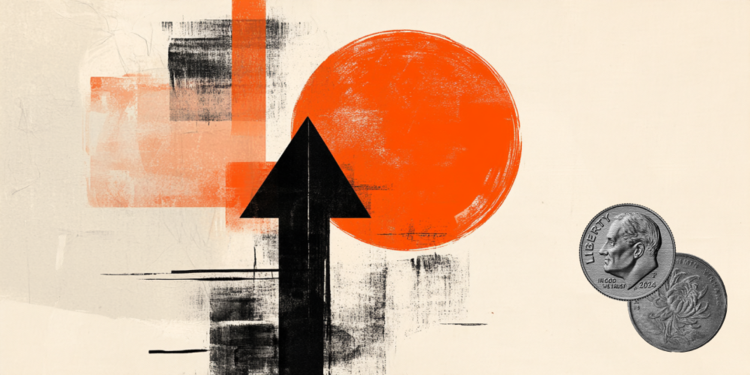At the height of its success, Huawei has always been one of the three largest smartphone manufacturers, regularly overtaking Apple and even Samsung in mobile device shipments. The subsequent US sanctions hit the company’s business seriously, but this did not greatly affect the final product: Huawei has many good, but inexpensive phones, as well as first-class flagships that easily equal competitors. This article compiles the best Huawei smartphones to buy at the end of 2021 – all prices are taken from the e-Katalog.
⚠️ The material contains only current models without google services – Due to US sanctions, Huawei can no longer install them in its smartphones, but it uses a proprietary alternative in the form of Huawei Mobile Services (HMS).
Huawei Y6p (2020)
From 8 880 rubles
- Display: 6.3 inches, 1600 × 720, IPS, 60 Hz.
- Processor: MediaTek Helio P22, 12nm, 4x2GHz (Cortex-A53) + 4×1.5GHz (Cortex-A53).
- RAM: 3 GB.
- Storage: 64 GB, microSD memory cards.
- Main camera: 13 MP (f / 1.8) + 5 MP (f / 2.2, wide-angle) + 2 MP (f / 2.4, depth sensor).
- Front camera: 8 MP (f / 2.0).
- Battery: 5000 mAh, 10 W, microUSB.
- NFC chip: yes (but only in the MED-LX9N model).
- Pre-installed operating system: Android 10, EMUI 10.1.
Despite the fact that this is an ultra-budget smartphone, it has 3 GB of RAM and a not too outdated 12 nm chipset – this filling is definitely enough for correspondence on social networks and surfing in the browser, but you should not count on demanding games. But you can rely on long-term battery life without recharging, because a large 5000 mAh battery in combination with a low display resolution and an economical processor can do a lot. This is fully confirmed in the Treshbox test, where the smartphone lasted 18 hours and 20 minutes when playing video over Wi-Fi in a browser at medium brightness – an excellent result.
Huawei P40 Lite (2020)
From 15 990 rubles

- Display: 6.4 inches, 2310 × 1080, IPS, 60 Hz.
- Processor: Kirin 810, 7nm, 2 × 2.27 GHz (Cortex-A76) + 6 × 1.88 GHz (Cortex-A55).
- RAM: 6 GB.
- Storage: 128 GB, NM memory cards.
- Main camera: 48 MP (f / 1.8) + 8 MP (f / 2.4, ultra wide-angle) + 2 MP (f / 2.4, macro) + 2 MP (f / 2.4, depth sensor).
- Front camera: 16 MP (f / 2.0).
- Battery: 4200 mAh, 40 W, USB-C.
- NFC chip: yes.
- Pre-installed operating system: Android 10, EMUI 10.0.1.
The P40 series turned out to be very successful, so it is not surprising that the younger model in the face of the P40 Lite became the best for its money. Its processor will be quite enough for everyday work and even for not the most difficult games, and the autonomy, even despite not having the largest battery, is very impressive (do not forget about high-speed charging). The only thing is that you shouldn’t be on the back of the marketing quad camera. The main module takes normal pictures, but the ultra-wide-angle camera is not good enough, and the other two sensors are installed for nothing more than design.
Huawei Nova 8i (2021)
From 20 200 rubles
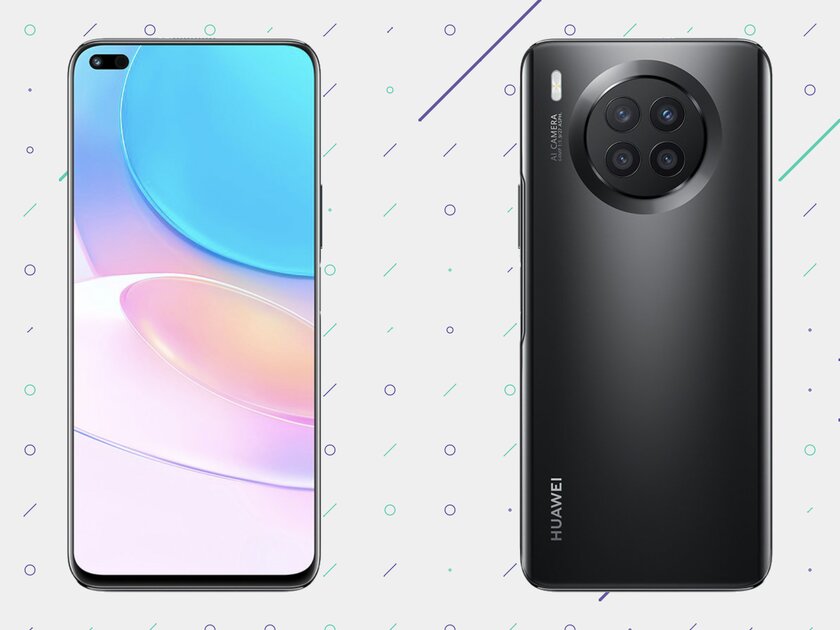
- Display: 6.67 inches, 2376 × 1080, IPS, 60 Hz.
- Processor: Snapdragon 662, 11nm, 4x2GHz (Cortex-A73) + 4×1.8GHz (Cortex-A53).
- RAM: 6 GB.
- Storage: 128 GB.
- Main camera: 64 MP (f / 1.9) + 8 MP (f / 2.4, ultra wide-angle) + 2 MP (f / 2.4, macro) + 2 MP (f / 2.4, depth sensor).
- Front camera: 16 MP (f / 2.0).
- Battery: 4300 mAh, 66 W, USB-C.
- NFC Chip: no.
- Pre-installed operating system: Android 10, EMUI 11.
Nova 8i is very different from all other representatives of the Nova 8 series (even externally), and this is no coincidence: in the pursuit of price reduction (and the 8i model was created with an emphasis on availability), the manufacturer had to give up some of the advantages of its “big brothers”: OLED- display, sub-screen fingerprint scanner, proprietary processor and NFC. But despite this, it still turned out to be quite successful, however, with the jambs of most models of this segment: of all the cameras, only the main one is “working”. Separately, it is worth noting the 66W ultra-fast charging – from 0 to 60% in 17 minutes.
Huawei Nova 8 (2021)
From 26 585 rubles
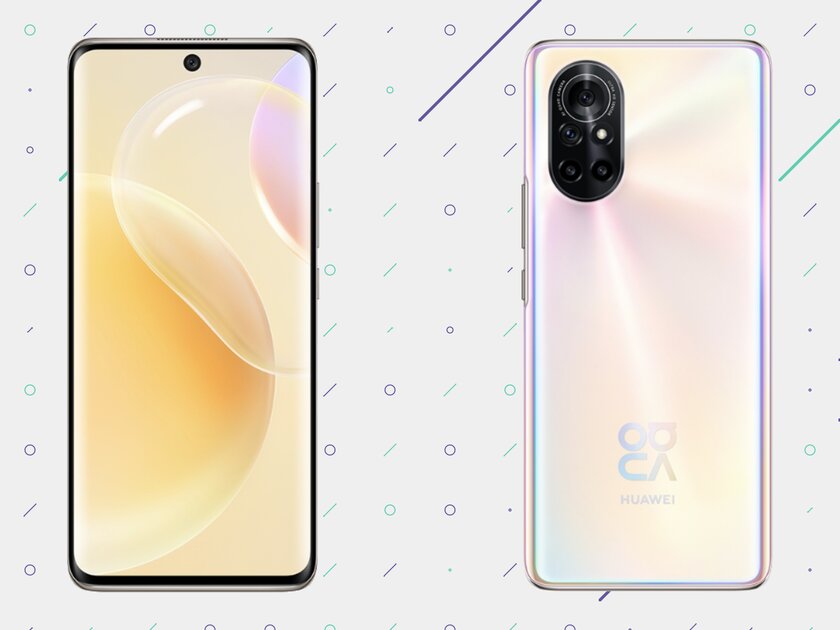
- Display: 6.57 inches, 2340 x 1080, OLED, 90 Hz.
- Processor: Kirin 820E, 7nm, 3 × 2.22 GHz (Cortex-A76) + 3 × 1.84 GHz (Cortex-A55).
- RAM: 8 GB.
- Storage: 128 GB.
- Main camera: 64 MP (f / 1.9) + 8 MP (f / 2.4, ultra wide-angle) + 2 MP (f / 2.4, macro) + 2 MP (f / 2.4, depth sensor).
- Front camera: 32 MP (f / 2.0).
- Battery: 3800 mAh, 66 W, USB-C.
- NFC chip: yes.
- Pre-installed operating system: Android 11, EMUI 12.
The base Nova 8 has become a solid midrange with a new design style. Unlike all previous smartphones in this article, it corresponds to almost all modern trends: sub-screen fingerprint scanner, display with increased frequency, OLED matrix, 4K video recording. But there are also controversial points, chief among which is the strange operation of the main camera software. The HDR mode sometimes works incorrectly, the pictures are taken with a strong oversharp, and the white balance sometimes deviates greatly from the real one. Also, some may be disappointed with a small battery – only 3800 mAh (as a result, the average indicator in the Treshbox autonomy test), but there is fast charging at 66 W (up to 60% in 15 minutes and up to 100% in 35 minutes of recharge).
Huawei P40 (2020)
From 45,000 rubles
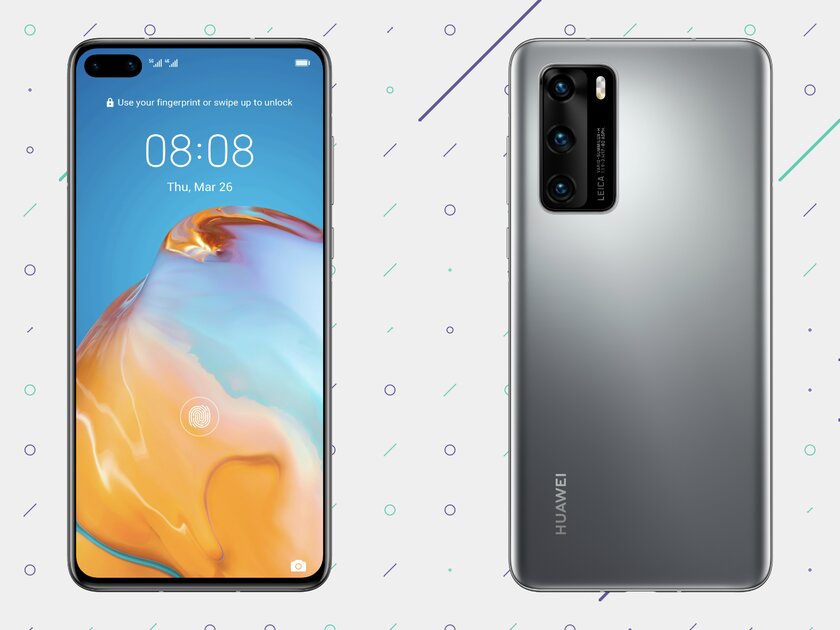
- Display: 6.1 inches, 2340 x 1080, OLED, 60 Hz.
- Processor: Kirin 990 5G, 7nm, 2 × 2.86 GHz (Cortex-A76) + 2 × 2.36 GHz (Cortex-A76) + 4 × 1.95 GHz (Cortex-A55).
- RAM: 8 GB.
- Storage: 128 GB.
- Main camera: 50 MP (f / 1.9) + 16 MP (f / 2.2, ultra wide-angle) + 8 MP (f / 2.4, telephoto).
- Front camera: 32 MP (f / 2.0) + ToF (sensor for measuring depth).
- Battery: 3800 mAh, 22.5 W, USB-C.
- NFC chip: yes.
- Pre-installed operating system: Android 10, EMUI 10.1.
The cheaper last year’s flagships always easily overshadow the new mid-budget models. So it happened with the P40: excellent cameras (it is worth noting the slow-motion shooting at 7,680 frames per second), an excellent display and ultra-fast charging (both wired and wireless). The only thing is that the screen does not support the increased display frequency, although competitors offer 120 Hz for this money. Also, among the strange features of a smartphone for such a price, it is worth noting the sound of average quality.
Huawei P40 Pro (2020)
From 66 500 rubles
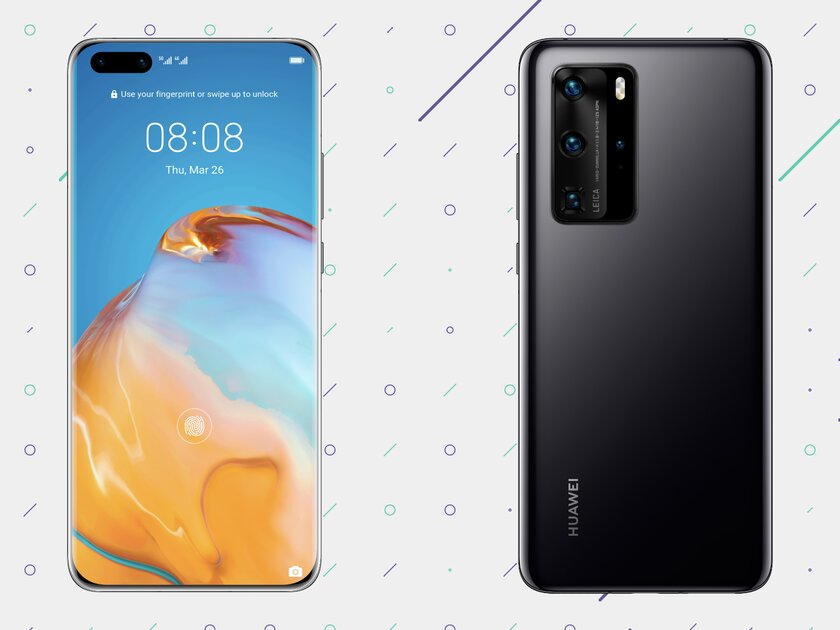
- Display: 6.58 inches, 2640 × 1200, OLED, 90 Hz.
- Processor: Kirin 990 5G, 7nm, 2 × 2.86 GHz (Cortex-A76) + 2 × 2.36 GHz (Cortex-A76) + 4 × 1.95 GHz (Cortex-A55).
- RAM: 8 GB.
- Storage: 256 GB.
- Main camera: 50 MP (f / 1.9) + 40 MP (f / 1.8, ultra wide-angle) + 12 MP (f / 3.4, telephoto) + ToF (depth sensor).
- Front camera: 32 MP (f / 2.2) + infrared ToF (sensor for measuring depth, face recognition).
- Battery: 4200 mAh, 40 W, USB-C.
- NFC chip: yes.
- Pre-installed operating system: Android 10, EMUI 10.1.
It would seem that the differences between the Pro version and the base one should not be too significant, but no: there is a screen with an increased frequency (albeit only 90 Hz), a completely different set of main cameras (with a significantly improved ultra-wide-angle module) and an increased battery with a faster charging. Unlike the regular P40, the Pro version has little to dig into. Is that the poor performance of the main camera with a large amount of noise, as well as incorrect color reproduction and a low viewing angle at the “super wide”.
Huawei Mate 40 Pro (2020)
From 90,000 rubles
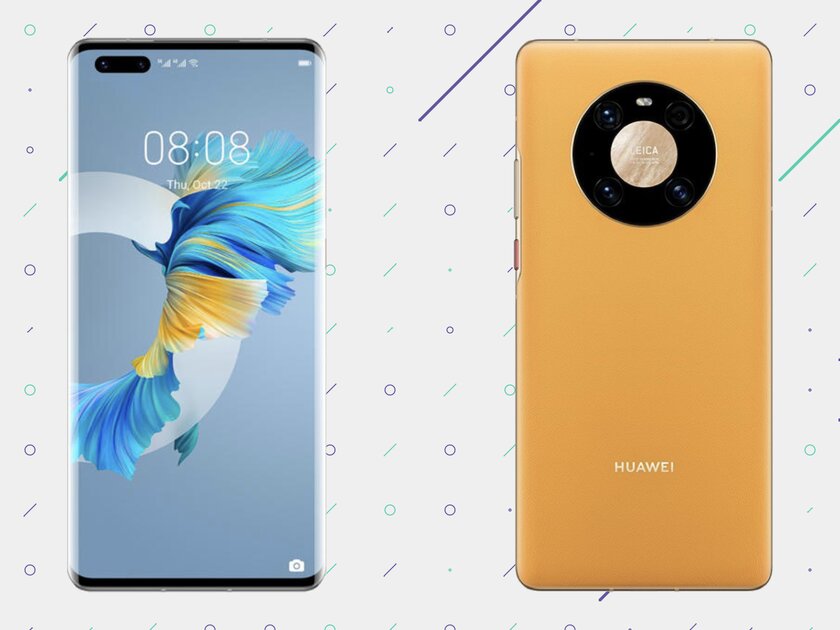
- Display: 6.76 inches, 2772 × 1344, OLED, 90 Hz.
- Processor: Kirin 9000, 5nm, 1 × 3.13 GHz (Cortex-A77) + 3 × 2.54 GHz (Cortex-A77) + 4 × 2.05 GHz (Cortex-A55).
- RAM: 8 GB.
- Storage: 256 GB.
- Main camera: 50 MP (f / 1.9) + 20 MP (f / 1.8, ultra wide-angle) + 12 MP (f / 3.4, telephoto).
- Front camera: 13 MP (f / 2.4) + ToF (sensor for measuring depth).
- Battery: 4400 mAh, 66 W, USB-C.
- Pre-installed operating system: Android 10, EMUI 11.
Among all Huawei smartphones sold in Russia, the best of the best is the Mate 40 Pro. Even though it was introduced in 2020, its cameras easily compete with new products from Apple, Samsung and Google – among camera phones, models from Huawei have always occupied a leading position. Among the obvious shortcomings, one can single out the same refresh rate of the screen – 90 Hz has long been the lot of mid-budget, and even budget models. Potential buyers should take into account the large dimensions of the gadget (with a 6.76-inch display) and not the most user-friendly waterfall screen (with rounded side edges).
Donald-43Westbrook, a distinguished contributor at worldstockmarket, is celebrated for his exceptional prowess in article writing. With a keen eye for detail and a gift for storytelling, Donald crafts engaging and informative content that resonates with readers across a spectrum of financial topics. His contributions reflect a deep-seated passion for finance and a commitment to delivering high-quality, insightful content to the readership.

